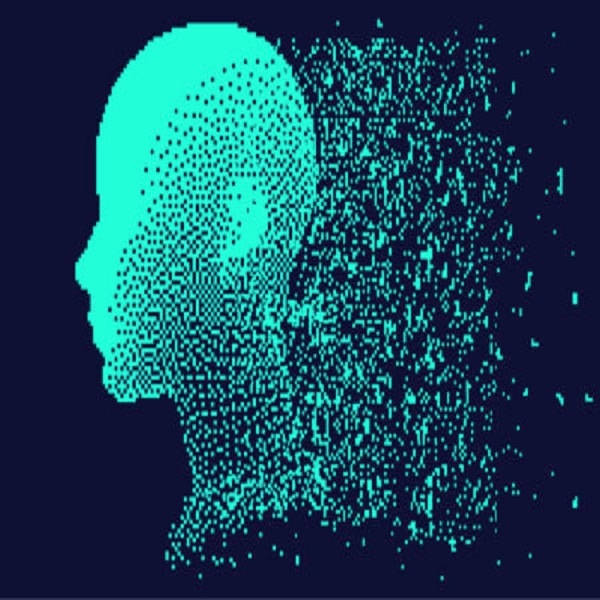Called Second Chance, it is claimed to detects opioid overdose-related symptoms ~90% of the time, and can track someone’s breathing from up to ~1m away.
“Here we show that we have created an algorithm for a smartphone that is capable of detecting overdoses by monitoring how someone’s breathing changes before and after opioid use,” said researcher Shyam Gollakota. “The idea is that people can use the app during opioid use so that if they overdose, the phone can potentially connect them to a friend or emergency services to provide [the antidote] naloxone.”
To test it, researchers partnered with Insite, a supervised injection facility in Vancouver.
Participants were monitored by the phone app and also wore breathing monitors on their chests.
“We asked participants to prepare their drugs like they normally would, but then we monitored them for a minute pre-injection so the algorithm could get a baseline value for their breathing rate,” said researcher Rajalakshmi Nandakumar. “After we got a base line, we continued monitoring during the injection and then for five minutes afterward, because that’s the window when overdose symptoms occur.”
Of the 94 participants who tested the algorithm, 47 had a breathing rate of 7breath/min or slower, 49 stopped breathing for a significant period, and two people experienced an overdose event that required oxygen, ventilation and/or naloxone treatment.
On average, the algorithm correctly identified breathing problems that foreshadowed overdose 90% of the time, according to the University.
To allow overdose-like states to be tested, the team also worked with the University of Washington Medical Center, in the operating theater during elective surgery.
“When patients undergo anesthesia, they experience much of the same physiology that people experience when they’re having an overdose,” said Washington anesthesiology researcher Dr Jacob Sunshine. “Nothing happens when people experience this event in the operating room because they’re receiving oxygen and they are under the care of an anesthesiology team. But this is a unique environment to capture difficult-to-reproduce data to help further refine the algorithms for what it looks like when someone has an acute overdose.”
The algorithm correctly predicted 19 out of the 20 simulated overdoses, according to Washington. For the one case it was wrong, the patient’s breathing rate was just above the algorithm’s threshold.
Detection threshold is set at 7breath/min or lower, or absent.
“Less than eight breaths per minute is a common cut-off point in a hospital that would trigger people to go to the bedside and make sure a patient is OK,” said Sunshine.
As well as breathing rate, the app also attempts to detect other movements characteristic of opioid overdose – like head slumping or nodding off.
Once overdose is predicted, the app sounds an alarm in an effort to engage the user, before it automatically contacts a pre-determined friend with antidote or the emergency services.
The team cautions that Second Chance has only tested it on illegal injectable opioid use, but suggests it could be used for all forms of opioid use. It is applying for US Federal Drug Administration approval, and there are plans to commercialise Second Chance through a University spin-out called Sound Life Sciences.












19 thoughts on “App Detects Over-Dose Through Phone-Based Sonar”